Researchers demonstrated a new approach to fabricate large-scale, complex nano-architectures of refractory plasmonic transition metal nitrides.
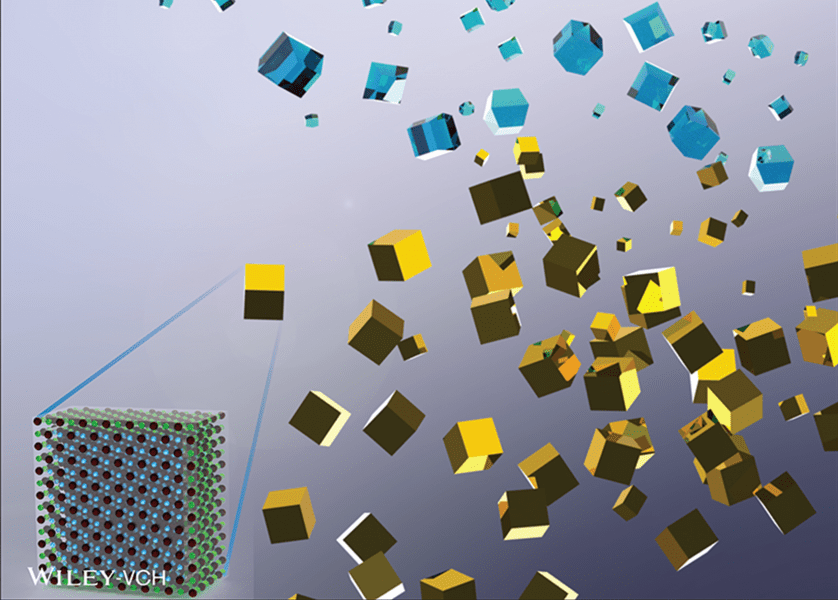

Researchers demonstrated a new approach to fabricate large-scale, complex nano-architectures of refractory plasmonic transition metal nitrides.
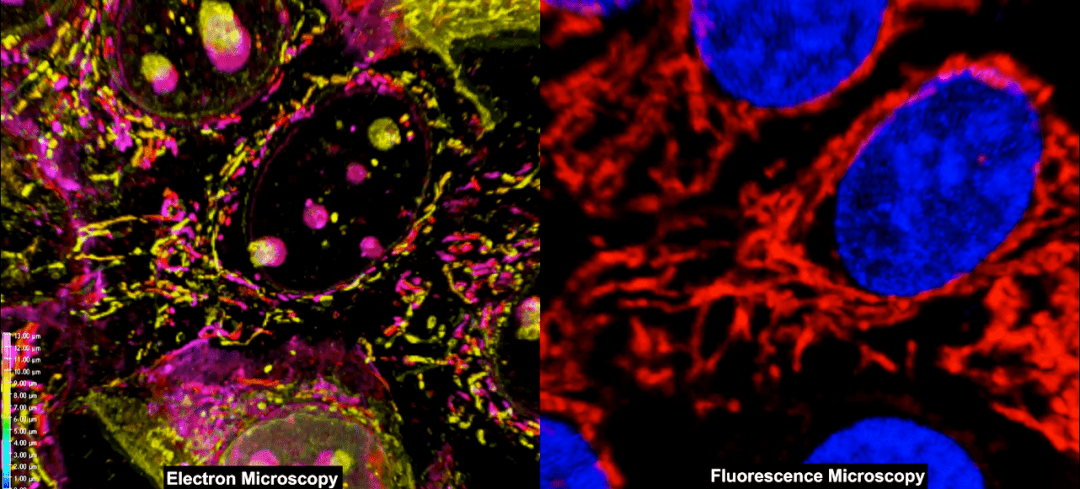
Combining the high-throughput and large scale analysis of fluorescence microscopy with the enhanced resolution capabilities of electron microscopy can allow imaging of cellular interactions and mechanisms without being limited by resolution.

An avalanche photodiode design with a quantum dot multiplication structure attains a high maximum gain factor and a superior gain noise performance.
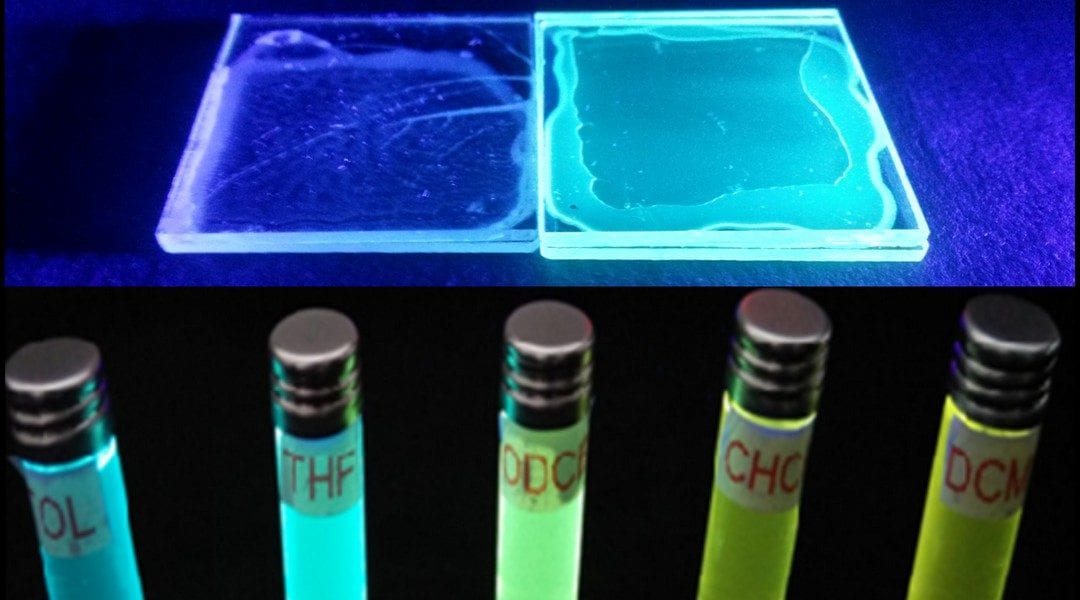
Thermally activated delayed fluorescence (TADF)-type compounds have potential to become high-efficiency-solid-state lighting technologies in the future.
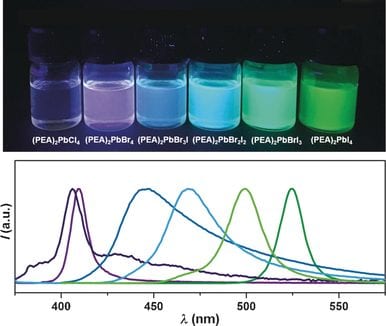
The synthesis of ultrathin 2D nanosheets (NSs) remains a significant challenge for perovskite materials. Now, researchers have demonstrated a facile crystallization method for the synthesis of free-standing 2D phenylethylammonium lead halide NSs.

A nanophotonic approach makes ultrathin CIGSe solar cells with high efficiencies possible.
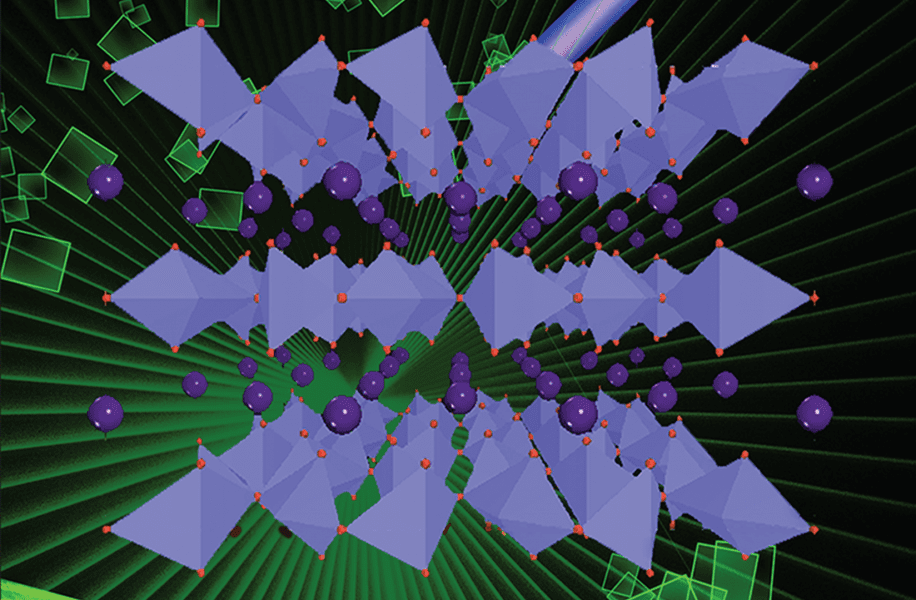
The month’s top articles from the field of nanooptics, optoelectronics, metamaterials, optical devices, detectors & sensors, micro/nano resonators and more.
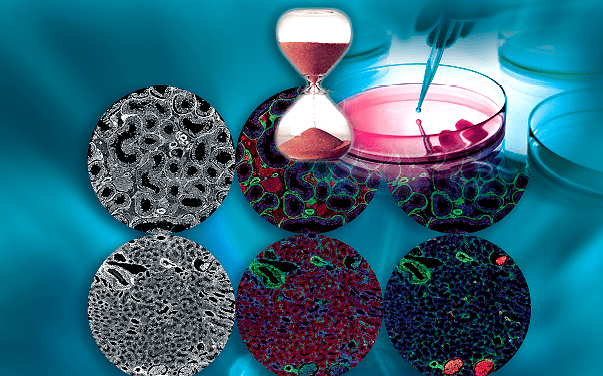
The recently published Part II Special Issue on High Throughput and High Content Imaging and Cellular Informatics.
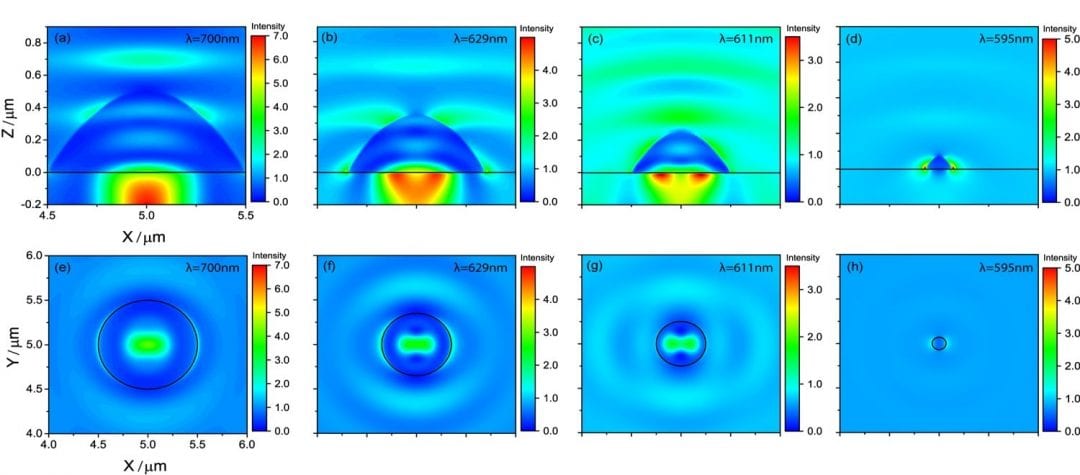
Researchers from EMPA, the Swiss Federal Institute for Science and Technology, present light scattering enhancement at the absorption edge in dewetting droplets of cyanine dyes.
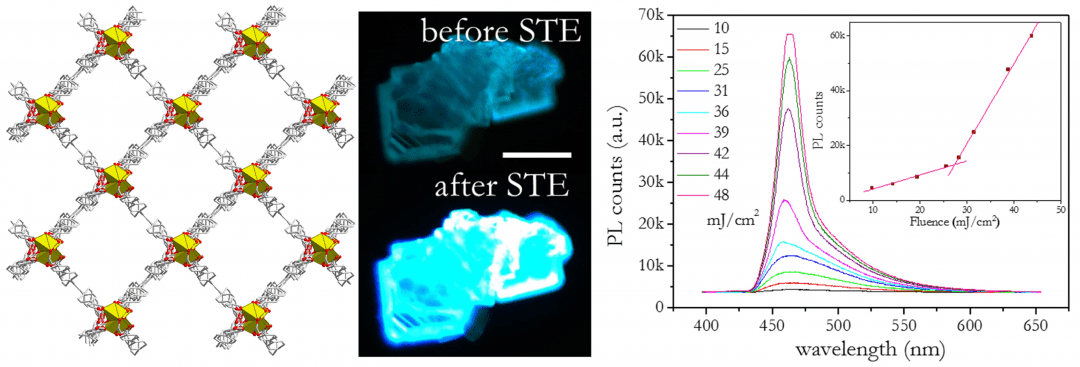
An international team suggest that coordination network materials, in particular MOFs, will be a useful platform for low-threshold lasers for diverse applications.